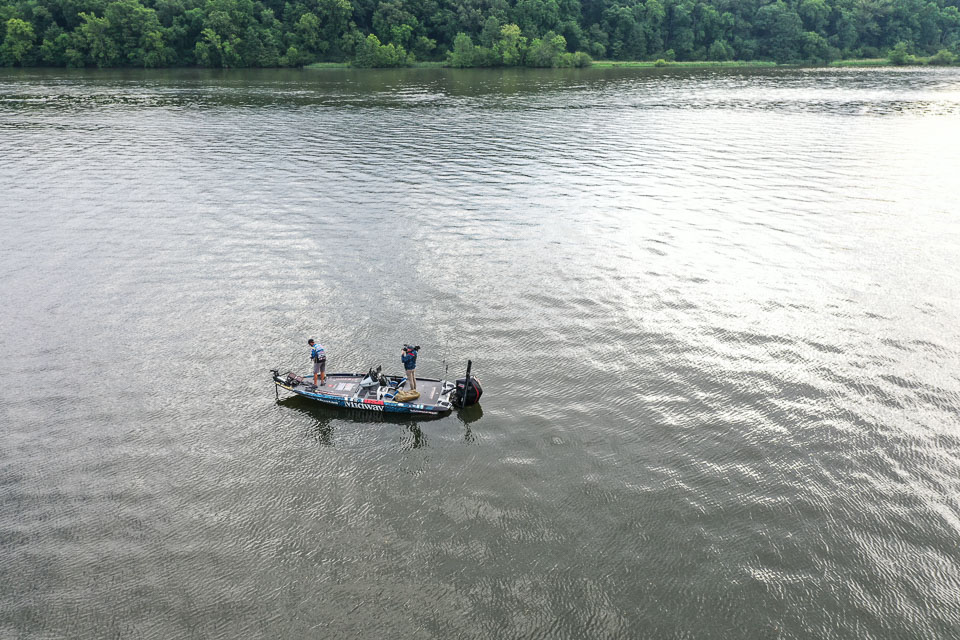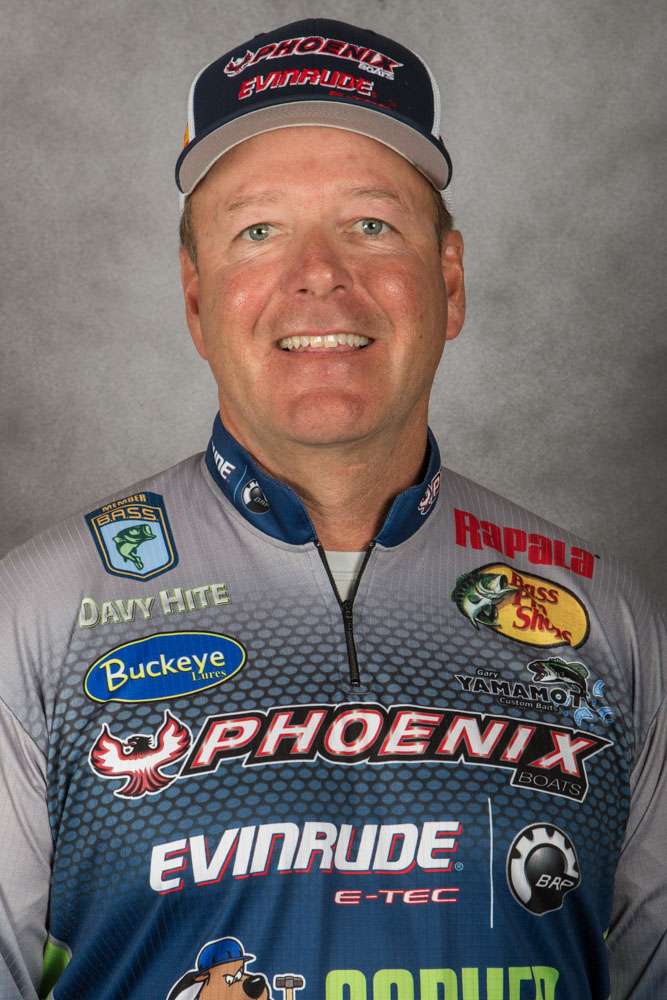
As we head into the 2024 Bassmaster Elite Series season opener at Toledo Bend, the No. 1 topic likely will be the impact of forward-facing sonar (FFS) today and into the future.
I first heard about FFS about 10 years ago and thought it was cool. Honestly, I thought previous technologies like Humminbird’s Side Imaging and 360 were basically the same.
I didn’t see FFS being as big of an advantage as I should have. As good as Side Imaging and 360 are, this is a different animal.
When I saw the success the Johnson brothers from Canada had with it their first year on tour with the Bassmaster Elites, I took notice. They were targeting bigger individual fish and not just groups of fish. That was a game changer for me.
I had the Humminbird Live FFS put on my boat and learned quickly what an incredible tool it is.
We’ve all become more proficient with the technology, and Garmin, Lowrance and Humminbird have made it even better. Now that we’ve seen how it’s being employed on the Elite Series, it has me wondering about the impact it might have on tournament angling.
I’m not alone. The question everyone has asked since the end of last season is should it be allowed, limited or banned from tournament fishing?
I want to be clear that I don’t know the correct answer. I often wonder if B.A.S.S. founder Ray Scott would have considered FFS good for tournament fishing.
Ray really wanted tournament angling to be about skill, presentation and allure of the unknown. After all, that’s what makes us run 70 mph in 24-degree weather to see what may be waiting for us 20 miles downlake.
That’s still the case now that I have the technology on my boat. However, I won’t have to figure it out and will know if the fish are there within 10 seconds after I arrive. That eliminates most of the decisions to change locations, retrieves and lure choices.
Of course, if the fish are there I still have to make them bite. That challenge exists with or without FFS.
As an on-the-water commentator for Bassmaster LIVE, I’ve watched two different high-quality anglers fishing with FFS. One went to the weigh-in with more than 20 pounds; the other had 8. So, just because you have the best electronics, it doesn’t mean the fish are automatically going to jump in the boat.
However, I do have a big concern. When we show up at Toledo Bend Reservoir, 80% of the field will be equipped with $15,000 to $30,000 worth of electronics.
If a teenager sees that will he say, “I can’t be one of those guys because I can’t afford the equipment!”
That’s the biggest negative I can see when debating FFS.
I agree with others that you can’t hold back technology and agree with many other points in the great debate. Yet, we also have to consider that not all advancements in technology are good.
AI (Artificial Intelligence) is a good example. It’s a fascinating tool, yet some of the country’s smartest people say we need to keep this from getting out of hand.
Think about this: Self-driving cars are now available. Automobile manufacturers could develop a car that could go around a NASCAR track at top speeds without a driver touching the steering wheel.
Should NASCAR allow that? If not, wouldn’t that be holding back technology?
I certainly don’t have the answer nor will it appear at Toledo Bend. But this much I know: B.A.S.S. owner Chase Anderson and the technical committee he formed will pay close attention to the various boat setups and how this technology is employed throughout the coming year.
The impact of FFS on the sport will be examined closely without a knee-jerk decision. That information will develop a more educated decision about FFS future use.
It will be interesting to see the Elite boats, number of transducers and how anglers will use FFS at the upcoming Toledo Bend event and throughout the year.
After a full season of research, it is then when decisions can be made on what is truly best for the sport of tournament angling.





